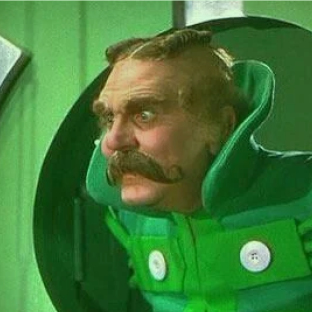Let's call in Monty Hall and play “Let’s Make a Deal.”
 If you google “choice” you will get over 587,000,000 results in under 0.21 seconds. One of the top results, Wikipedia, says choice involves, “the merits of multiple options.”
If you google “choice” you will get over 587,000,000 results in under 0.21 seconds. One of the top results, Wikipedia, says choice involves, “the merits of multiple options.”Is there really merit in such a vast number of options? Visual designers in commercial fields, like print, architecture, interactive, interior design, and advertising are expected to show concepts and themes in creative presentations.
These presentations always revolve around a choice.
To some designers there are only three design concepts to choose from:
1. The one the designer likes
2. The one the client asked for
3. The compromise
The best presentations are the ones where the designer understands the client’s objectives. The visual solutions should demonstrate how different aspects of the objectives may be revealed or emphasized in the design.
This approach is much more nuanced and does not fit into “spicy, medium, or mild.” A product aimed at a younger audience may need all spicy solutions; an insurance product may need all mild solutions. Just showing a range of choices in preconceived frameworks does not enhance the visual communications process.
How many choices should there be?
We’re often told the more choices–the richer the presentation. And yet a study by researchers Sheena Iyenger and Mark Lepper at Columbia University demonstrates that too many choices actually reduces people’s ability to make a decision. Their study involved samples of jam. When a shop displayed six flavors of free samples, sales increased 10 times more than when they offered 24 flavors. More choices did not lead to better decisions – or more sales. “There’s a point where all of this choice starts to be not only unproductive, but counter-productive – a source of pain, regret, worry about missed opportunities and unrealistically high expectation,” says Barry Schwartz, PhD, a Swarthmore College psychologist.
And then there are theories that once you make a selection you won’t go back to the other choices. We once presented 10 concepts for a logo design and the client said he loved all of them. He and his wife agonized for days over the right choice. He finally called a week later with his selection. We proceeded to refine the artwork and began to create the branding environment for the new identity. For the next couple of weeks we showed how the stationery, signage and communication programs would look with the new logo. Then the client got cold feet, called and said he wanted us to start all over. I suggested we go back and look at the other 9 logo concepts that they also loved. And he said, “Those are all rejected, I want to see something new.”
At another client presentation we showed three distinctive concepts. The client liked one direction and said the other two, “really do not work for us at all.” We said, “That’s why we showed you three.” And she said, “But can you come up with another one – we’d like to make a choice.” I reminded her that she just did make a choice. It shouldn’t be about making another choice – it should be about how well this concept meets the objectives – reflects the values of the brand and promise.
Otherwise, it is choice for the sake of choice. If it’s really about the choosing then we could call in Monty Hall and play “Let’s Make a Deal.”
The best solutions combine the client’s expertise in identifying the objectives with the designer’s ability to visually express the value of a product or service to the target audience.
David Langton is a principal at Langton Cherubino Group,
a strategic design and interactive agency in New York City Back to Insights



